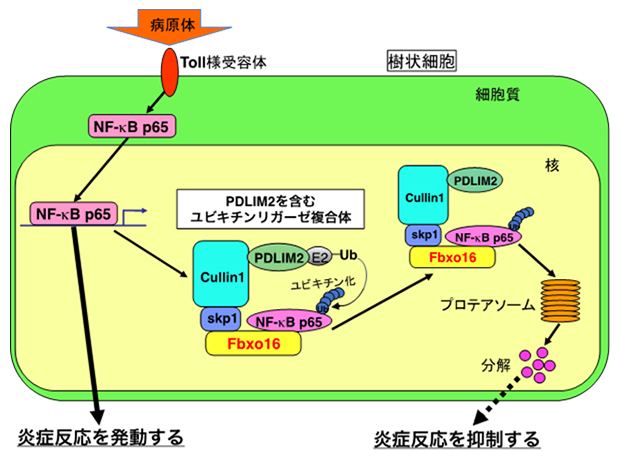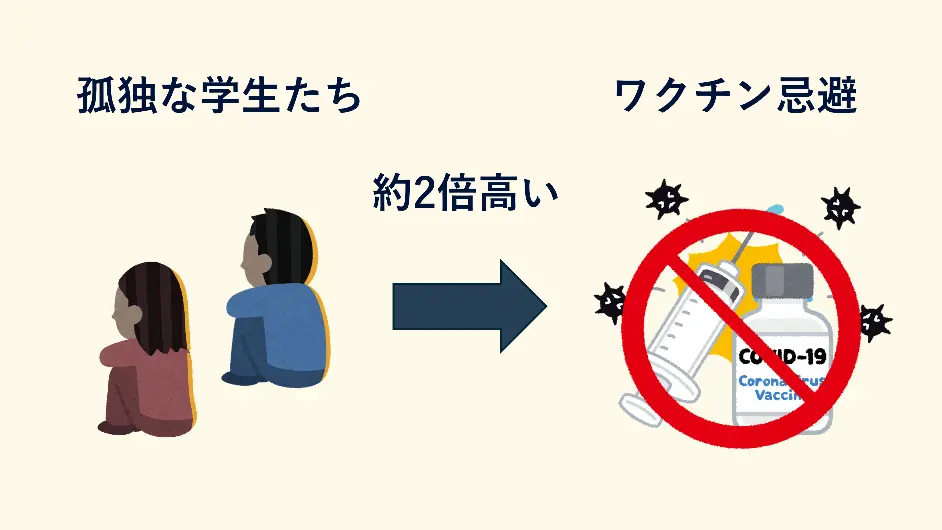2025-06-03 慶應義塾大学医学部,理化学研究所

<関連情報>
- https://www.keio.ac.jp/ja/press-releases/2025/6/3/28-167540/
- https://www.keio.ac.jp/ja/press-releases/files/2025/6/3/250603-1.pdf
- https://www.nature.com/articles/s41467-025-59340-x
非仮説駆動型の皮膚トランスクリプトーム解析により、アトピー性皮膚炎の症状と治療反応に関わるバイオマーカーを同定 An unbiased tissue transcriptome analysis identifies potential markers for skin phenotypes and therapeutic responses in atopic dermatitis
Ayano Fukushima-Nomura,Hiroshi Kawasaki,Kiyoshi Yashiro,Shoko Obata,Keiji Tanese,Tamotsu Ebihara,Hidehisa Saeki,Takafumi Etoh,Takehiro Hasegawa,Junshi Yazaki,Jun Seita,Osamu Ohara,Aiko Sekita,Tomohiro Miyai,Koichi Ashizaki,Haruhiko Koseki,Kazuhiro Sakurada,Eiryo Kawakami & Masayuki Amagai
Nature Communications Published:02 June 2025
DOI:https://doi.org/10.1038/s41467-025-59340-x
Abstract
Atopic dermatitis (AD) is a skin disease exhibiting clinical and molecular heterogeneity, thereby jeopardizing the development of personalized treatments. Here we pursue a cross-sectional and longitudinal cohort analysis of 951 whole-skin samples, employing an unsupervised decomposition analysis to link gene expression profiles to disease severity, six distinct skin phenotypes, and blood cytokines representative of given endotypes. Specifically, type 2 and type 17 responses are associated with major skin phenotypes such as erythema and induration, while type 1 response is upregulated in lichen amyloidosis of AD patients. Longitudinal analysis of patients treated with dupilumab finds sustained gene signatures related to type 17 response in lesional skin and upregulated transcription factors in non-lesional skin of patients with poor treatment outcomes. Lastly, several extracellular matrix organization-associated genes are correlated with clinical severity and treatment response to dupilumab. Our findings thus provide potential skin and blood biomarkers for assessing endotypes and therapeutic responses in AD to pave the way for personalized medicine.


